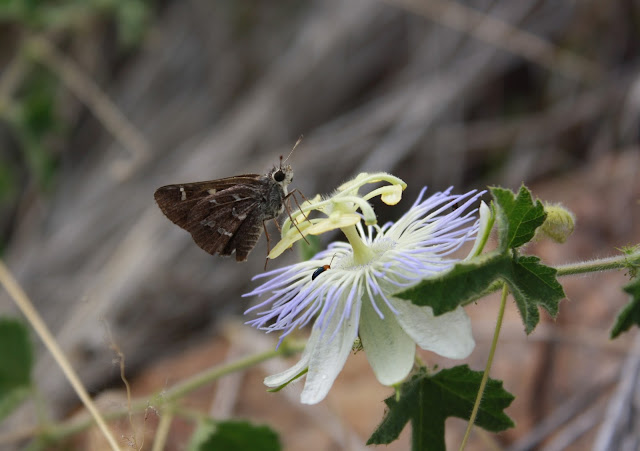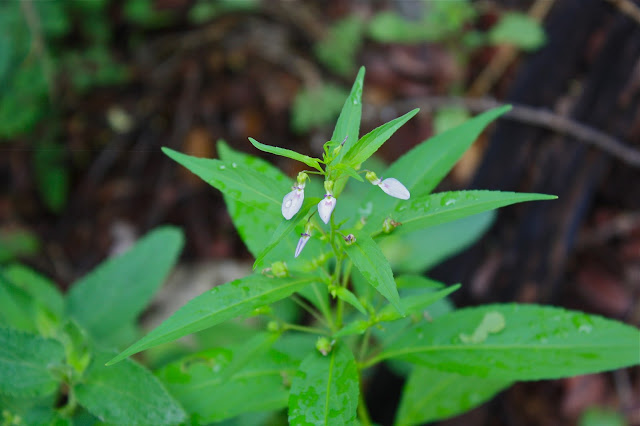There are moments of awakening when we linger in the dream world and the last traces of the dream cling to our minds like water sliding down a rock. I often try to loiter there. Its lasts only a fleeting minute and my heart aches for that moment throughout the day. But on days when I wander off into the field, the dream world pursues me, as though suggesting all of this is a dream. There in the field I stare at the world in its wondrous manifestations, figuring out plants in all their magical forms, with dreams on subtle wings and visions of mountains and light.
These are the magical visions I saw in a place called Brown Canyon. It is a southeast trending canyon that's closed to the public and open to the four thousand foot rise of Baboquivari Peak above the canyon bottom. It is part of the Buenos Aires National Wildlife Refuge, a 150,000+ acre refuge that sits along the Mexican border southwest of Tucson and is part of the larger Baboquivari Mountains. I spent four days in the valley collecting data for a vegetation map and got to stay in a house nestled near its heart. The words of John Burroughs stuck with me, "So far as seeing things is an art, it is the art of keeping your eyes and ears open. The art of nature is all in the direction of concealment."

Agave palmeri, Palmer's agave

Agave palmeri II, writ large
 Passiflora foetida, fetid passionflower
Passiflora foetida, fetid passionflower Hybanthus attenuatus, western greenviolet
Hybanthus attenuatus, western greenviolet Cylindropuntia spinosior, walkingstick cholla
Cylindropuntia spinosior, walkingstick cholla
The pods of an Agave palmeri
The leaf of an Eysenhardtia orthocarpa, the Tahitian kidneywood
 Commelina erecta, the whitemouth dayflower
Commelina erecta, the whitemouth dayflower
Echinocereus pectinatus, the rainbow hedgehog
 An unopened bud of Tecoma stans, the yellow trumpetbush
An unopened bud of Tecoma stans, the yellow trumpetbush
Agave buglandia
One curiosity about spending several days doing nothing but staring at plants is you get to see the most remarkable things. Perhaps it is the slower rhythm, perhaps it is the time spent huddling on the porch as the remnants of a tropical storm plow into the Baboquivari mountains, perhaps you are just paying attention. But these are just some of the many moods of Baboquivari Peak, the most holy and important mountain to the O'odham People.
At the bottom of the picture above you see the small collection of buildings known as the Brown Canyon Environmental Education center. Home for a few days. Here are a few move visions from out there...

Heading into Jaguar Canyon
Rainbow agave
The approaching storm. There is nothing quite as frightening as having to walk back down off a slope in the midst of a really violent lightning storm, perils of the job. This photo was about ten minutes before the storm arrived.





















